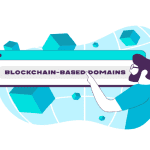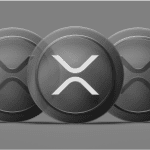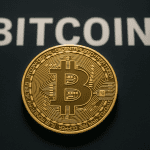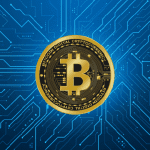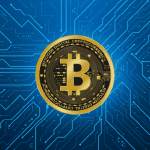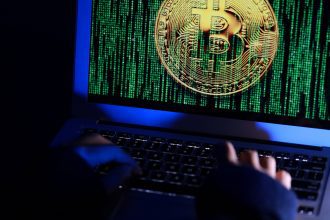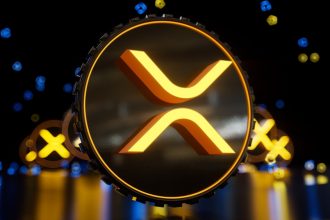Cardano Split: What It Teaches Ethereum and Solana
When news broke that a single strange transaction caused Cardano’s blockchain to split into two different versions of reality, it sounded like an exaggeration. But it actually happened. One malformed staking delegation transaction triggered a disagreement between older and newer Cardano node versions, creating two separate chains running at the same time. No one lost funds, and the network didn’t technically “go offline,” but the situation became a real-time stress test for Cardano and a valuable lesson for other major blockchains like Ethereum and Solana.
The problem started when newer Cardano node versions accepted a delegation transaction that older versions rejected because of a hidden bug buried in old code. As a result, some stake pool operators unknowingly built blocks on top of the “poisoned” chain, while others continued building the “healthy” version of the network. This disagreement pushed Cardano into an unusual state where both chains were alive, each with its own version of recent history. Exchanges paused ADA deposits and withdrawals because different explorers and nodes were looking at different chain tips. Even though Cardano’s consensus protocol, Ouroboros, remained intact, the node software itself had drifted into two interpretations of the rules.
The source of the issue turned out to be a bug from 2022 related to how certain hashes were read inside delegation certificates. The malformed transaction exploited this subtle flaw. Older nodes correctly rejected the transaction, while newer versions mistakenly treated it as valid. To make things more complicated, this same bug had caused a similar fork just hours earlier on the Preview testnet. According to public reports, the person responsible for the mainnet incident was a former stake pool operator who said he used AI assistance to replicate the testnet exploit on the live network. Cardano founder Charles Hoskinson took the incident seriously, notifying the FBI because intentionally triggering a known bug on a financial network can cross legal boundaries.
While the situation sounds chaotic, Cardano managed to resolve the split without shutting the network down or performing a coordinated restart. Developers released patched node versions that correctly rejected the malformed transaction, and as stake pool operators upgraded, more of the total staking power began following the healthy chain. Because Cardano’s consensus naturally favors the heavier, longer chain, the healthy chain eventually pulled ahead, allowing the network to converge back into a single, unified history. By the end of the day, all monitoring tools agreed on the same chain tip again.
One important detail is that Cardano already had a disaster-recovery plan outlined in CIP-135 a guideline describing how the ecosystem should respond to major consensus failures. Although the full emergency process wasn’t activated, it provided structure and direction for exchanges, relays, and node operators during the fix. This helped keep the community aligned and prevented confusion from spiraling into a larger crisis.
The deeper lesson from this event is that blockchains don’t just rely on beautiful protocol theory; they rely on the real-world node software that implements that theory. A blockchain can have mathematically proven security, but if one version of the node interprets the rules differently from another, the network can still split. Cardano’s incident shows exactly what happens when version diversity acts like client diversity but without the safety of independent implementations.
This is why Ethereum has invested heavily in multi-client architecture. It runs several independently developed execution and consensus clients so that no single codebase controls the entire network. If one client misbehaves, the others will reject invalid blocks and keep the chain on the correct path. This approach has already protected Ethereum multiple times when individual clients experienced bugs but the network itself continued smoothly. However, Ethereum still struggles with concentration risks, since some clients remain far more widely used than others. Cardano’s experience shows why continuing to encourage true diversity remains essential.
Solana sits at the opposite end of the spectrum. Instead of splitting, Solana tends to halt completely when a bug or overload hits its dominant client. Validators then coordinate a restart once a patched version is ready. This avoids parallel histories but creates frequent periods of downtime. The Cardano incident demonstrates a different downside of relying on one main client: instead of halting, the network might remain live but temporarily diverge into multiple histories. Both issues stem from the same root cause dependence on a single implementation.
For regular users, the Cardano incident didn’t result in lost funds or broken wallets. But it did show that even mature networks can be pushed into strange territory by small software bugs. It also reminded the community that operators who upgrade quickly and communicate clearly contribute to a more stable network. For developers and protocol designers, the message is even sharper: old code paths need thorough testing, fuzzing should be aggressive, and testnet incidents must be treated like early warning sirens instead of low-stakes glitches.
Most importantly, this incident proved that client diversity isn’t just a theoretical ideal. It is a real-world shield against systemic risk. Had Cardano relied on multiple independent node implementations, it’s likely that only one would have accepted the malformed transaction, preventing the network from splitting at all. For Ethereum, it validates years of investment in multi-client architecture. For Solana, it reinforces the need for alternative validator clients to avoid outages or inconsistency. And for every emerging Layer 1, it acts as a reminder that consensus failures rarely come from the protocol itself they come from the software that interprets it.
Cardano’s brief moment of living two parallel realities was resolved without disaster, but it gave the entire blockchain industry a free lesson: bugs are unavoidable, but the way a network handles them determines whether it bends or breaks. Designing for resilience is more important than designing for perfection.



